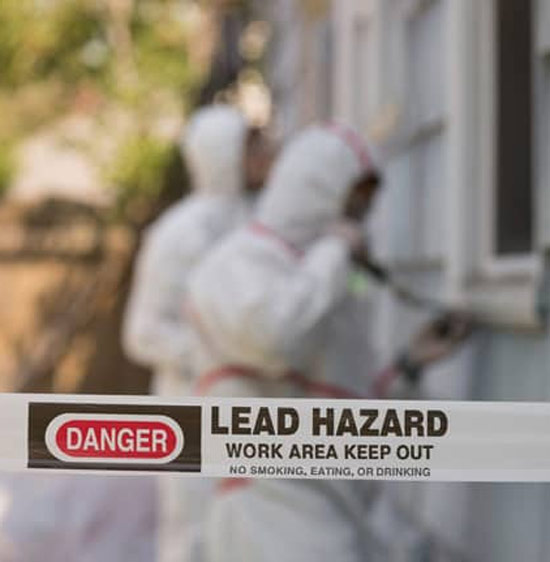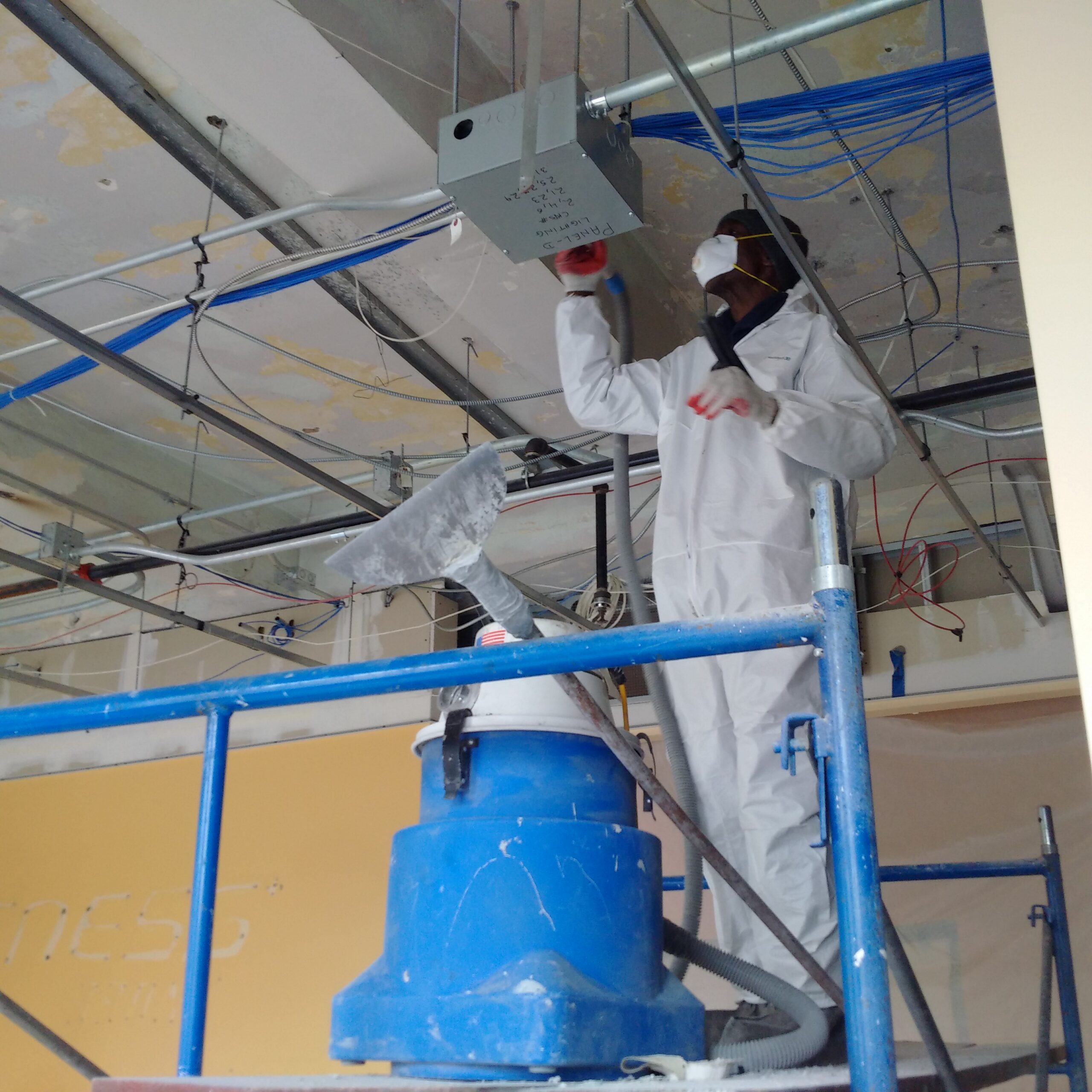Step-by-Step Process for Successful Lead Offense Removal
Following this, adherence to federal and state guidelines is extremely important to formulating a reliable removal strategy. The real removal needs skilled employees to execute these plans while purely complying with security protocols. What takes place after the remediation is finished?

Detection and Evaluation
Discovery and assessment are critical actions in the remediation of lead offenses. To make certain a reliable removal procedure, it is essential to conduct a thorough assessment of the environment where possible lead direct exposure exists.
This consists of assessing the extent and severity of contamination, as well as identifying populations at threat, specifically youngsters and pregnant ladies. The collected information need to be carefully documented to sustain the development of an efficient removal strategy.
Moreover, it is important to focus on locations with the highest degree of contamination and those that position the greatest wellness threats. Reliable communication with stakeholders, consisting of homeowner, citizens, and public health and wellness authorities, is essential for ensuring that all parties are educated concerning the searchings for and the subsequent actions needed for remediation. This first detection and assessment stage lays the groundwork for an effective lead violation removal process.

Lawful and Regulative Compliance
Navigating the landscape of legal and regulative conformity is a critical facet of successful lead infraction removal. Compliance makes sure not only the security of damaged populations but additionally the integrity and lawful standing of the organization accountable for removal.
This entails careful paperwork of all remediation activities to demonstrate compliance. Failure to stick to these regulations can result in extreme fines, including significant fines, lawful action, and reputational damage.
Involving lawful specialists concentrated on ecological legislation can help with browsing these intricacies. Routine training and accreditation for all personnel associated with the removal process are also obligatory to guarantee adherence to safety and governing requirements. By prioritizing lawful and regulatory compliance, organizations can effectively minimize dangers and achieve an effective remediation outcome.
Preparation the Remediation
Effectively preparing the removal of lead infractions starts with an extensive analysis of the contaminated site. This data-driven strategy ensures that removal initiatives are appropriately targeted and effective.
As soon as the contamination is mapped, a risk evaluation need to be conducted to examine possible health risks to people and the atmosphere. Lead Violation Removal in NYC. This assessment ought to take into consideration elements such as exposure paths, populace susceptability, and ecological effects. The understandings collected will certainly form the basis for selecting a proper removal strategy
Subsequently, setting clear, attainable goals for the removal job is essential. These goals must line up with regulative requirements and stakeholder assumptions to ensure compliance and community acceptance. Developing a detailed removal plan that outlines methods, timelines, and resource allocation will help with an organized method to the cleaning procedure.
Furthermore, it is important to involve with stakeholders early and preserve transparent communication throughout the planning phase. This consists of informing local article communities, getting essential authorizations, and collaborating with regulative agencies to guarantee all legal and step-by-step demands are satisfied. A well-crafted remediation strategy not only addresses the contamination efficiently however also builds trust fund and collaboration amongst all celebrations included.
Executing the Removal
With a well-structured remediation strategy in position, the focus shifts to the real execution of the removal activities. This phase includes setting in motion the needed resources, including knowledgeable workers, specific equipment, and top notch materials. Begin by plainly delineating roles and duties to make sure accountability and smooth sychronisation among team members.
This includes establishing up control locations to avoid lead dust and particles from spreading, as well as using air filtering systems to keep air high quality. Use approaches such as wet scraping, chemical removing, or encapsulation, depending on the severity and place of the contamination.
Throughout the removal procedure, conduct periodic assessments and air high quality keeping an eye on to make certain compliance with regulatory requirements. Efficient interaction with stakeholders, consisting of building proprietors and passengers, is critical to keep them informed of development and any type of unforeseen developments. By meticulously complying with these steps, the removal activities can be performed efficiently and efficiently, ultimately mitigating lead hazards.
Post-Remediation Approaches
Post-remediation approaches play an important role in ensuring the lasting success of lead infraction remediation efforts. These techniques incorporate continuous monitoring, upkeep, and area education to stop future lead exposure and make certain a secure atmosphere.
First, regular tracking is necessary. This entails routine testing of the previously influenced areas to ensure that lead levels continue to be within safe restrictions. Homeowner should develop a routine for these tests, preferably in collaboration with qualified environmental specialists.

Third, enlightening the community plays an essential function in sustaining the benefits of removal. Locals and residential or commercial property managers ought to be informed concerning the risks of lead exposure and the very best methods for keeping a learn this here now lead-safe atmosphere. Workshops, informative handouts, and neighborhood conferences can be efficient devices for sharing this information.
Verdict
Successful lead infraction removal requires a comprehensive, methodical strategy incorporating detection and assessment of contamination, adherence to lawful and regulative standards, precise preparation, and efficient implementation of removal efforts. This methodical process highlights the value of thoroughness and caution in attending to and mitigating lead contamination.